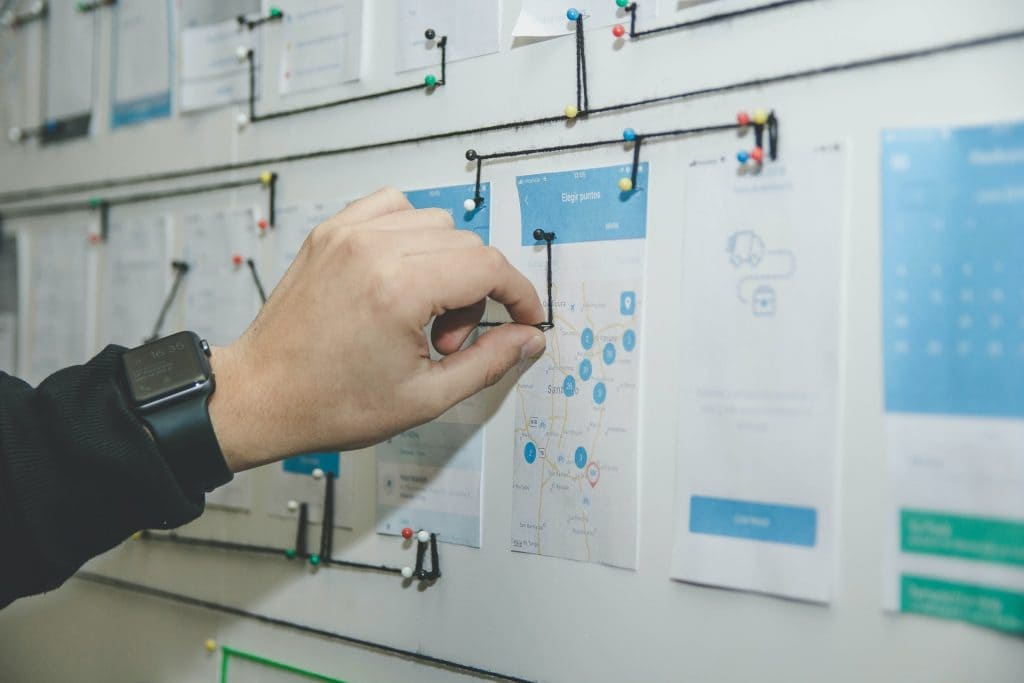You have just created a start-up and investors refuse to finance you? This is normal. As long as the product/service has not been tested on the market, no investor will be ready to invest in your start-up. But, have you heard about the Quick and Dirty method? Advimotion explains it all to you!
Advimotion is a financial consulting firm that assists startups and SMEs in obtaining non-dilutive financing and equity fundraising. We also act as advisors in business sales transactions to best represent the interests of sellers.
We offer strategic consulting and outsourced CFO services to ensure the financial and operational monitoring of your business. Finally, we take care of the drafting of investor documentation : business plan, pitch deck, creation of reporting files and valuation calculations.
For more information, please contact us.
Understand everything about the Quick and Dirty method
Translated word for word, the Quick and Dirty method means “quick and dirty”. It means to develop a project quickly without it being completely finished to test it. In IT or other innovative sectors, it means developing prototypes in a chain that are improved as we go along to reach the final result. This approach allows to perfect a product step by step.
The advantages of this approach
Investors limit the risk as much as possible by not investing in solutions that have not yet been proven. Thus, raising funds from investors when you are starting out is a bit complicated. That’s why it’s best to start quickly, without providing a complete offering or product that takes a long time to develop and implement. By collecting feedback, opinions and feedback from customers, the resources and efforts needed for development are therefore calibrated and optimized to meet the customer’s expectations at a given stage. You can then make the necessary improvements until you have a product that finds its market.
By creating prototypes of mobile objects or applications, the objective is to test the viability of the project before investing in it. This drastically limits the loss of money and time.
For example, a start-up that wants to create a mobile application will first make a test version at a lower cost. Depending on the market feedback, the application can be improved. Then, the start-up can start looking for future investors for its new application.
Testing your project idea is nowadays easy thanks to the existence of many tools such as Bubble.io, Zapier or GoodBarber. Be careful though, because this Quick and Dirty method does not work with all possible projects.
An effective communication and exchange tool
The Quick and Dirty method is a very effective communication tool. Thanks to this method, the contractors concentrate on the key elements of the project. Consequently, a precious time is saved. A first link with the client is created through frequent exchanges in order to obtain constructive criticism that allows the project to evolve.
When to start fundraising ?
There is no single answer that corresponds to all start-ups. But it is recommended to raise funds after having proven the concept in order to reduce the risk of premature failure and the disappointment of friends and family who would have invested in love money.
Indeed, it is possible to raise funds during the research and development or pre-creation phase of the startup.
During this period, the company does not yet have enough customers who validate the offer and the product, enough positive metrics and indicators on which to base forecasts.
This does not facilitate the success of the fund raising but, thanks to the Quick and Dirty method, we understand that in the creation phase it is better to concentrate on the core of the project and not to dwell on the details. It is only once the proof of concept is validated that it becomes interesting to get help to raise funds and this is exactly what Advimotion offers!
It is also possible to raise funds at more advanced stages of the startup, in other words in the seed phase or in the growth phase.
In the seed stage, since the turnover is still low and not yet stable and recurrent, the investor takes more risks by investing in a startup at this stage. Moreover, the company does not yet have a strong traction on its market, which leads the investor to pay more attention to many criteria and estimates of the forecasts, hence the interest to present the company in a complete and precise way.
In the growth phase, the startup is well established on its market that it has found. The fundraising process is then more obvious and necessary to finance the growth of the startup.
In this situation, the possibilities are numerous and the risk of losing money for the investors is less compared to the other phases.
The more a startup has positive indicators on which forecasts are based, the easier it is to raise funds successfully!
Find us on Medium if you want to keep reading.
Advimotion, your growth partner.




